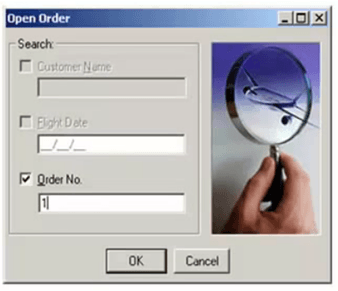Is there any general approach or methodology to create complex user scenarios for any application or is it completely context-driven.
Are there some general test ideas/patterns/strategies to create complex scenario's for any application or does it depend upon the thinking ability of the QA.
Also, please suggest some tips to improve in creating scenario's. Any resources, books etc.



